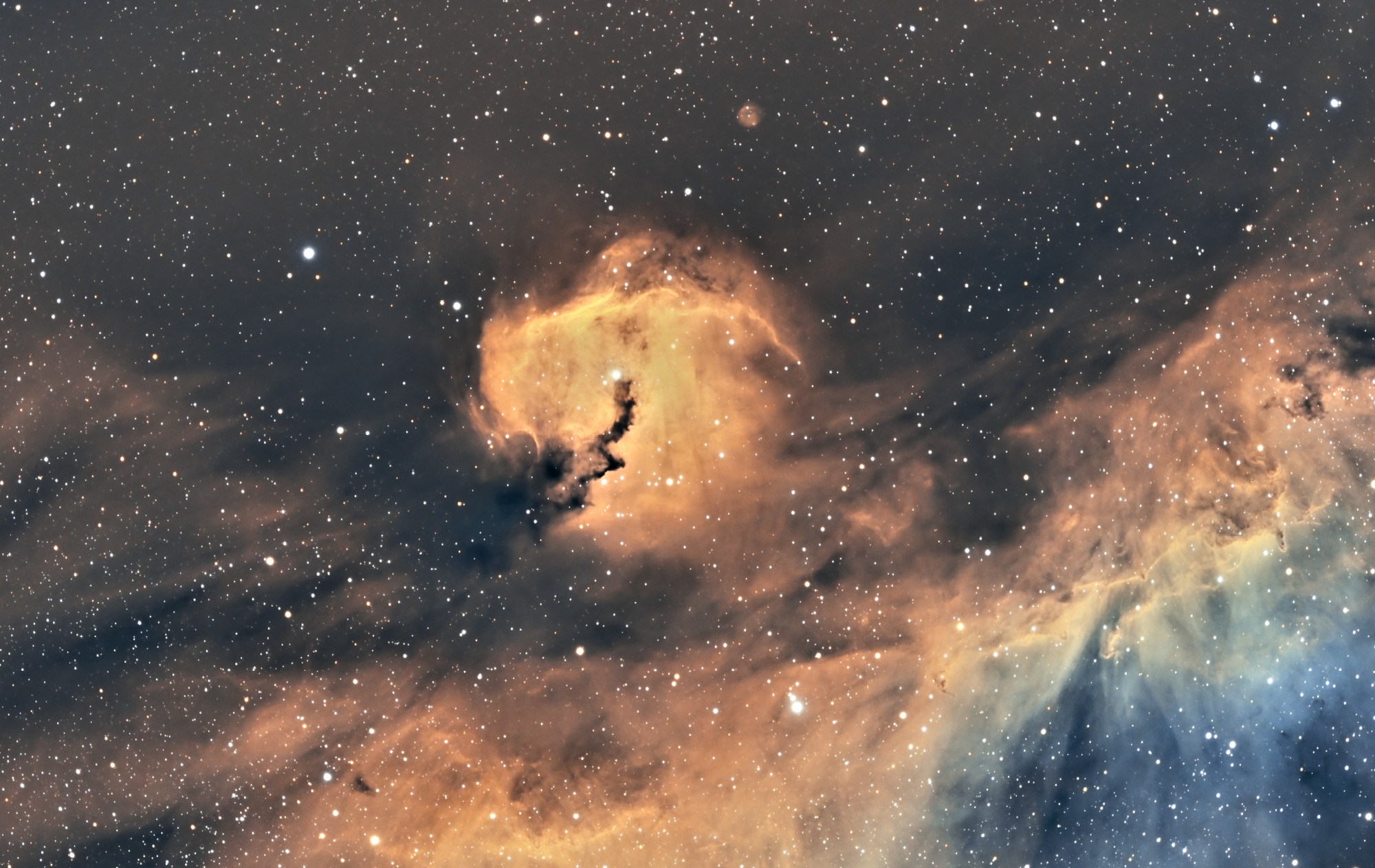Messier 3
Object: Messier 3 Globular Star Cluster
The globular cluster M3 was the first object in the Messier catalog to be discovered by Charles Messier himself. Messier spotted the cluster in 1764, mistaking it for a nebula without any stars. This misunderstanding of M3’s nature was corrected in 1784 when William Herschel was able to resolve the cluster’s individual stars. Today it is known to contain over 500,000 stars. M3 is notable for containing more variable stars than any other known cluster. The brightness of a variable star fluctuates with time. For some variable stars, their period relates to their intrinsic luminosity, so astronomers can use those stars’ brightness fluctuations to estimate their distances. This makes them extremely useful for measuring distances to deep-sky objects. M3 contains at least 274 variable stars. This image of M3 was captured using separate Chroma LRGB filters. The cluster is located 34,000 light-years from Earth in the constellation Canes Venatici. It has an apparent magnitude of 6.2 and can be spotted using a pair of binoculars. The best time to observe M3 is during May. – Nasa
TECH SPECS
Rights Statement: Copyright, Julio Encarnacion, 2022
Acquisition Dates: March 8.2022
Published Date: March 9th, 2022
Location: Driveway, Land o Lakes, Florida.
Optics: Sky-Watcher Evostar 120ED APO – 120mm Refractor Telescope
Mount: Sky-Watcher EQ6-R Pro
Camera: ZWO ASI2600MM Pro (mono)
Filters: Chroma LRGB
Guiding: ZWO OAG-L and ZWO ASI290MM Mini (mono)
Gain: 100
Cooling: -14c
Integration: 400 x 30” LRGB
Software: Mount Control: EQMOD; Acquisition, Guiding, Polar Alignment: ZWO ASIAIR Plus; Processing: Pixinisght 1.8.9 and Adobe Photoshop









